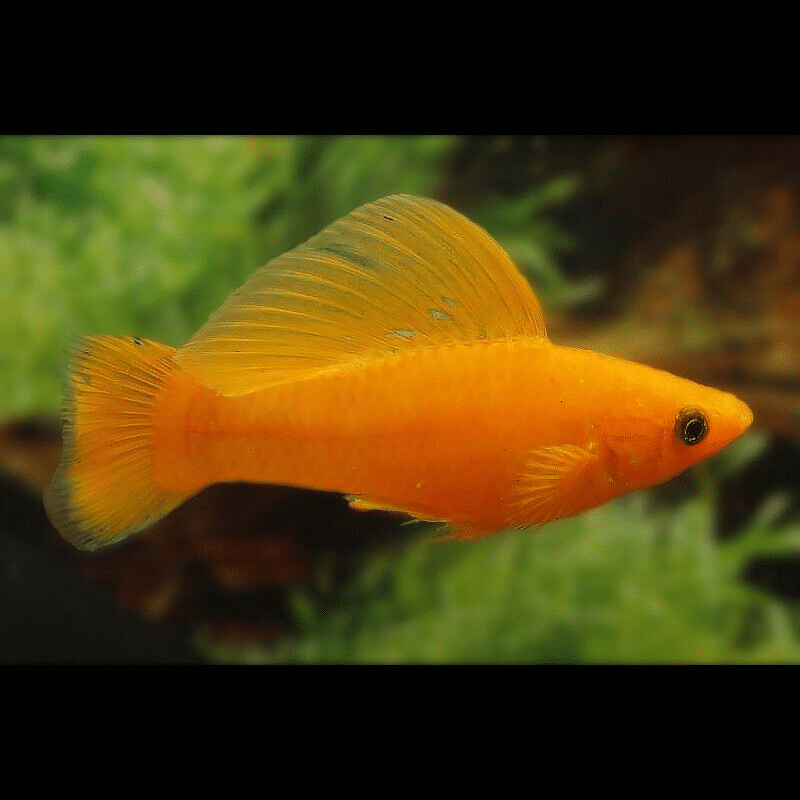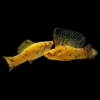-
×

-
×

-
×

-
×

-
×

-
×

Subtotal: £228.58













Emily Carter (verified owner) –
I recently purchased 6 Gold Sailfin Mollies, and I couldn’t be happier with my decision! As a passionate aquarium hobbyist, I’ve kept guppies and platies before, but the beauty and personality of these mollies are truly something special. After a week in my 55-gallon tank, they’ve settled in beautifully and are already displaying their vibrant colors and stunning fins. Their lively nature adds such excitement to my aquarium, and I love watching them swim around in small schools.
I appreciate that these mollies are hardy and adaptable, which makes them a perfect choice for both novice and experienced aquarists alike. Compared to the guppies I’ve had, these mollies seem to have a more outgoing temperament, which I find delightful! They’re also great at keeping algae at bay, so they contribute positively to my tank’s ecosystem.
The only minor concern was that they took a couple of days to really warm up to each other, but that’s normal in any new fish introductions. If you’re looking to diversify your tank with friendly and beautiful fish, I highly recommend the Gold Sailfin Mollies. They’ll bring life and color to your aquarium like no other!